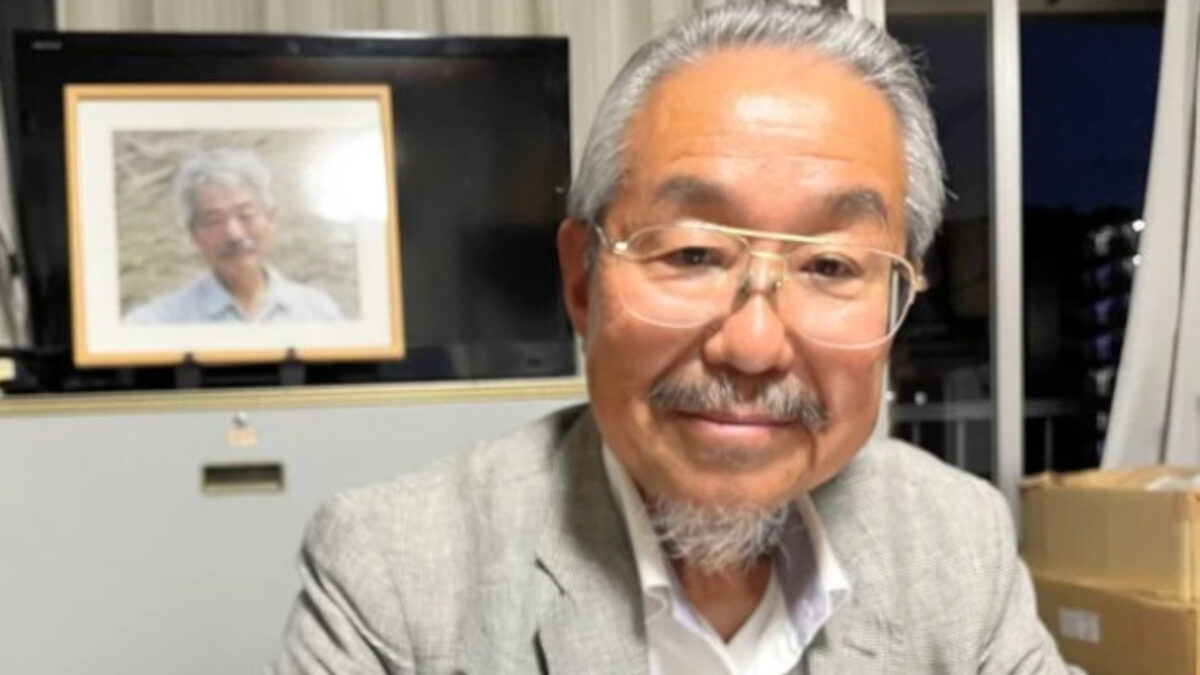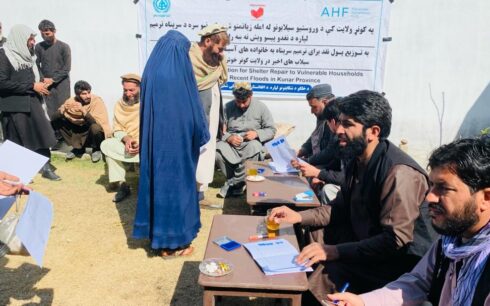A retired Japanese engineer has embarked on a mission to Afghanistan, carrying forward the legacy of Tetsu Nakamura, a humanitarian doctor from Fukuoka Prefecture killed in an ambush in Nangarhar province four years ago, as reported by Japanese media.
Nakamura, renowned for transforming barren land into fertile fields in Afghanistan and Pakistan, tragically died at 73 on Dec. 4, 2019.
His ambitious project to hydrate Afghan land nearly ceased following his death. However, Norio Owa, 73, has taken up the mantle to continue Nakamura’s work, focusing on water supply and re-greening arid regions.
Owa, along with local specialists, aims to uphold Nakamura’s vision. “Our goal is to utilize our experiences and know-how, though we are no match for Dr. Nakamura’s ability and compassion,” Owa stated.
In September, Owa supervised the construction of a 4.3-kilometer irrigation canal on an Afghan mountainside. A member of Peshawar-kai, a Fukuoka-based NGO previously led by Nakamura, Owa has been actively involved in engineering for the group since 2019.
Owa was inspired by Nakamura’s innovative methods addressing climate change impacts and local construction techniques. Despite his initial disbelief at the scale of Nakamura’s project, Owa was eager to assist post-retirement. However, Nakamura’s untimely death preceded their collaboration.
Peshawar-kai, funded through memberships and donations, operates in Afghanistan through its regional affiliate, Peace Japan Medical Services (PMS). Approximately 100 Afghans are involved in medical support, irrigation, and agriculture.
The irrigation initiative faced challenges after Nakamura’s passing, as he was integral to its design and management. Owa, with a team of Japanese specialists, is now providing technical support to revive the project.
Nakamura, who self-studied irrigation technology, had developed effective methods for water management. His “green ground initiative,” launched in 2002 following a devastating drought, focused on channeling river water for agriculture. He combined traditional Afghan building techniques with Japanese methods from the Edo Period (1603-1867).
The “PMS method,” resulting from Nakamura’s efforts, emphasizes cost-effectiveness, local material usage, and easy maintenance. This approach has transformed 23,800 hectares of desert into fertile land.
Collaborating with the Japan International Cooperation Agency (JICA), Peshawar-kai released guidelines for the PMS method in 2021. With JICA’s support, the project aims to expand across Afghanistan, bolstered by a recent 1.3 billion yen ($8.8 million) grant from the U.N. Food and Agriculture Organization.





